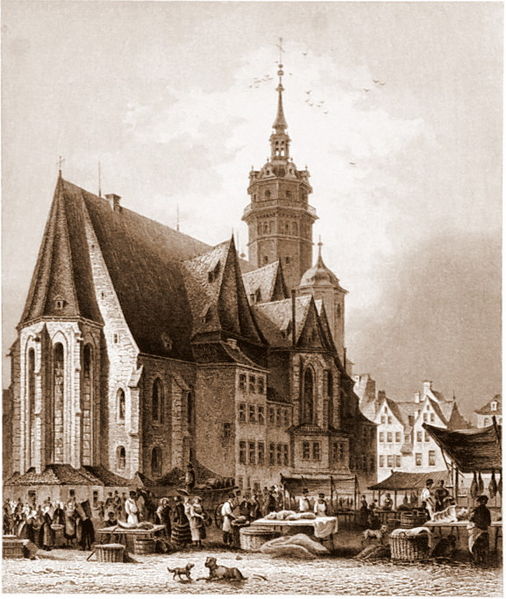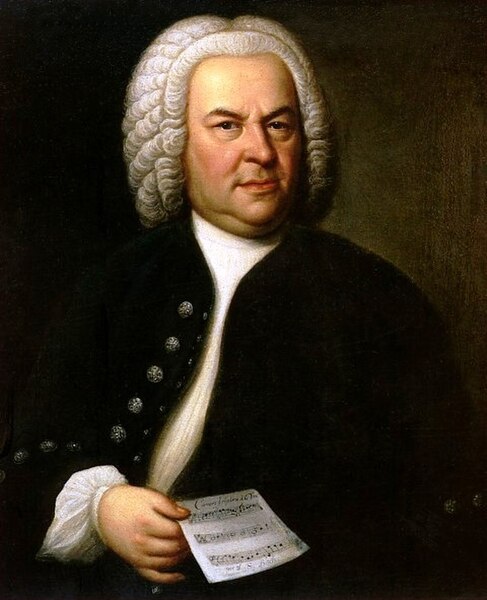O Ewigkeit, du Donnerwort, BWV 20
Johann Sebastian Bach composed the church cantata O Ewigkeit, du Donnerwort, BWV 20, in Leipzig for the first Sunday after Trinity and first performed it on 11 June 1724. Bach composed it when beginning his second year as Thomaskantor in Leipzig. It is the first cantata he composed for his second annual cycle which was planned to contain chorale cantatas, each based on a Lutheran hymn. The cantata is focused on Johann Rist's 1642 hymn "O Ewigkeit, du Donnerwort", with a chorale melody by Johann Schop. As usual for Bach's chorale cantatas to come in the cycle, selected hymn stanzas were retained while the others were paraphrased by a contemporary poet who transformed their ideas into a sequence of alternating recitatives and arias. For this cantata, the first stanza was used unchanged, and two more stanzas to conclude the cantata's two parts. The first part was performed before the sermon, the second part after the sermon. The first part is in seven movements, and the second part is in four movements.

Nikolaikirche, c. 1850
Johann Sebastian Bach was a German composer and musician of the late Baroque period. He is known for his prolific authorship of music across a variety of instruments and forms, including; orchestral music such as the Brandenburg Concertos; solo instrumental works such as the cello suites and sonatas and partitas for solo violin; keyboard works such as the Goldberg Variations and The Well-Tempered Clavier; organ works such as the Schubler Chorales and the Toccata and Fugue in D minor; and choral works such as the St Matthew Passion and the Mass in B minor. Since the 19th-century Bach Revival, he has been generally regarded as one of the greatest composers in the history of Western music.
1748 portrait of Bach, showing him holding a copy of the six-part canon BWV 1076.
Johann Ambrosius Bach, 1685, Bach's father. Painting attributed to Johann David Herlicius [de]
The Wender organ Bach played in Arnstadt
Organ of the St. Paul's Church in Leipzig, tested by Bach in 1717



![Johann Ambrosius Bach, 1685, Bach's father. Painting attributed to Johann David Herlicius [de]](https://upload.wikimedia.org/wikipedia/commons/thumb/e/e0/Johann_Ambrosius_Bach.jpg/422px-Johann_Ambrosius_Bach.jpg)

